Edible plants can be described in many ways; their growth habit, their visual appeal, or in the case of fruits and vegetables, their flavours and culinary uses. As an urban backyard farmer using the square foot gardening method, I’ve increasingly discovered that each plant also has a unique personality, which reveals itself after a number of seasons and harvests. To my own surprise, I have discovered that the rather unassuming rhubarb possesses the traits of both selflessness and complexity.
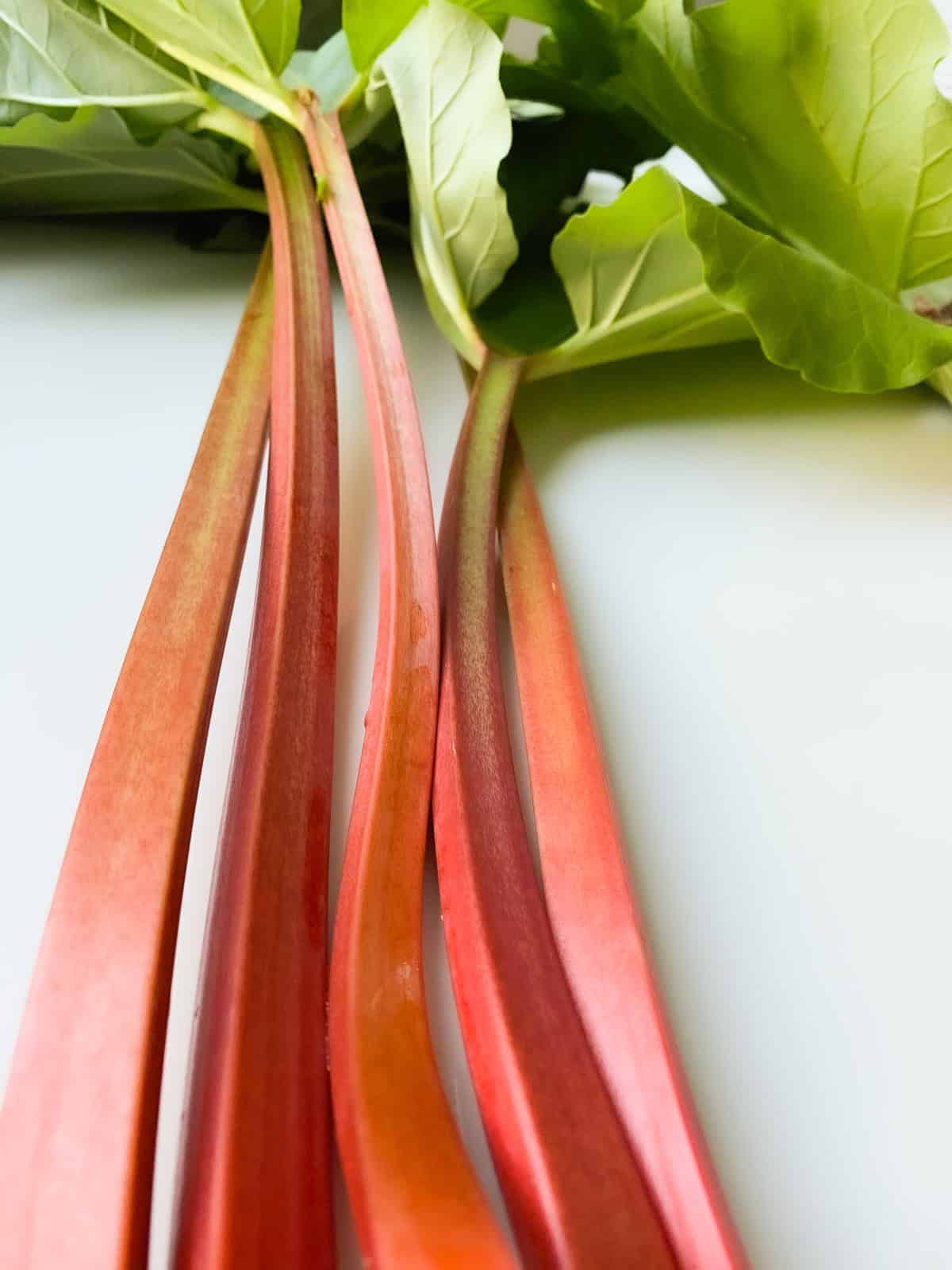
Jump to:
Finding rhubarb
My own history with this vegetable, which is eaten as a fruit, began a few years ago. I purchased a modestly sized "crown", an offcut from a parent plant, at a sleepy weekend market in the small town of Maynooth, in Southern Ontario. I was rather pleased with myself, as rhubarb seedlings seemed to be difficult to find at exorbitant prices in the city, and I especially loved the idea that this particular plant came from a town near where a dear friend lives.
I love to collect meaningful foodstuffs, seeds, or plants from my travels near and far, and enjoying them after my travels allows me to savour the memories and the flavours of my explorations. Upon my return to Toronto, I planted the small seedling in a sunny spot in my backyard and then promptly forgot all about it.
Taking care of rhubarb
It turns out, rhubarb is exceedingly easy to cultivate, providing growers and eaters alike with a plentiful annual harvest, asking little in return other than the quirks of sun and rain.
I did eventually remember the rhubarb I planted in my own garden, if only to harvest just half of the stalks that appeared that first year so that the adult plant could become well established, as I learned when reading up on how to tend to my rhubarb. Other than that, I’m sorry to say that I ignored it. Despite the fact that I never watered it on purpose, pruned it, tended to it, or spoke to it encouragingly, that little rhubarb crown grew into a bustling and vigorous perennial that has provided me with ample spring harvests of tangy, magenta-tinged stalks.
Each spring I eagerly await my annual rhubarb harvest, and look forward to finding new ways to savour its unique ability to transform from sour, crunchy rawness into aromatic, melting tenderness when cooked. While I certainly do cast my rhubarb admiring glances and kind words quite a bit more often these days, it asks almost nothing of me in return, except perhaps to unburden it from its bounty so that it may continue to grow and provide for yet another season.
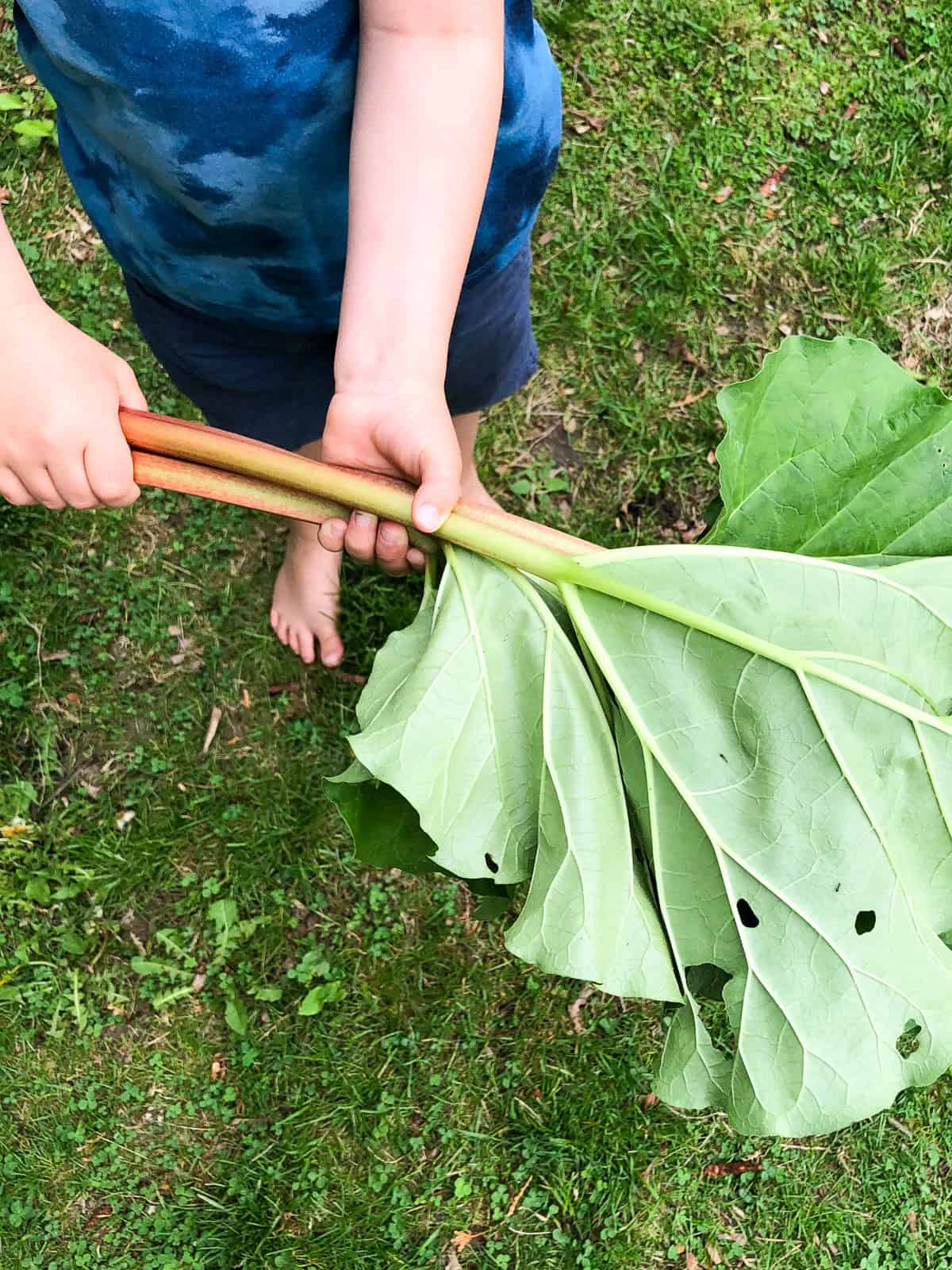
Ways to use rhubarb
Of course I have cooked with rhubarb in the traditional manner, baking teacakes, crumbles, and the like, but increasingly I find myself looking for new ways in which to experiment with my harvest. From roasting, to fruit butters, and cordials, each year I look forward to developing new ideas, knowing that I can expect an armful of rhubarb stalks that invite me to savour them in both familiar and new preparations.
Resources
If you have your own garden, rhubarb is definitely a tasty, easy, and productive addition to any of your own adventures in growing things. Rhubarb needs only a sunny, undisturbed spot and little tending. If you want more in depth information, read more about how to grow rhubarb.
Rhubarb crowns can be found in plant nurseries, at some farmers markets, and as I now know, if you have a generous neighbour or friend, larger, well established plants can be divided, shared, and replanted.

Seasonal availability
If you don't grow rhubarb yourself (yet!) fresh cut stalks are traditionally available in Ontario in the spring, for only a few short weeks, at farmers markets and green grocers. Occasionally, forced rhubarb, which is grown indoors, is available in Ontario before the actual season, and elsewhere around the world throughout the year.
If you have the chance, buy more rhubarb than you need, chop the stalks into 2” pieces, and freeze what you are not immediately using so that you can enjoy this springtime delight at other times of the year.

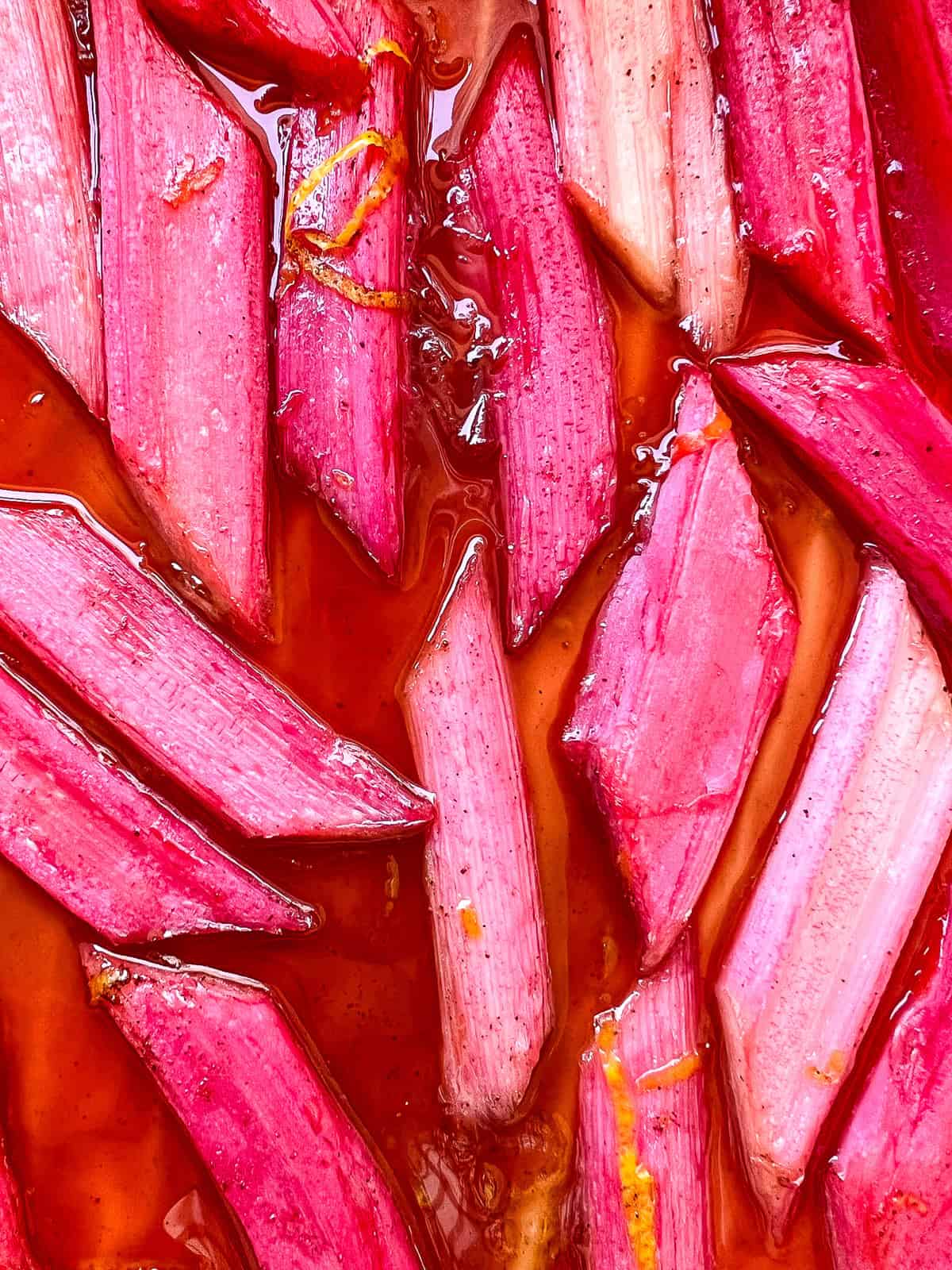
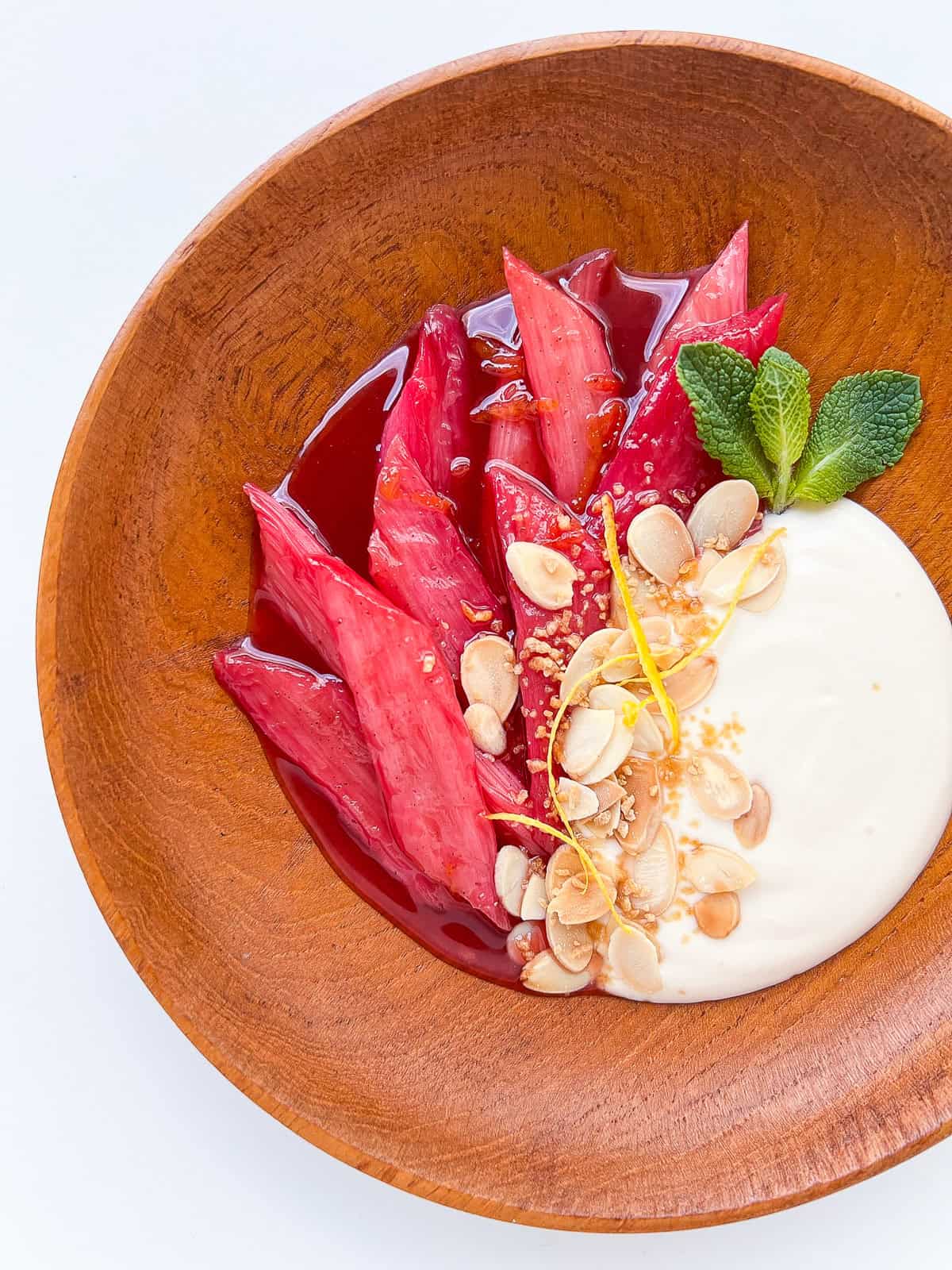
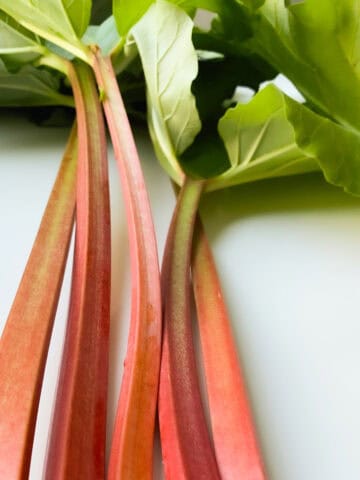
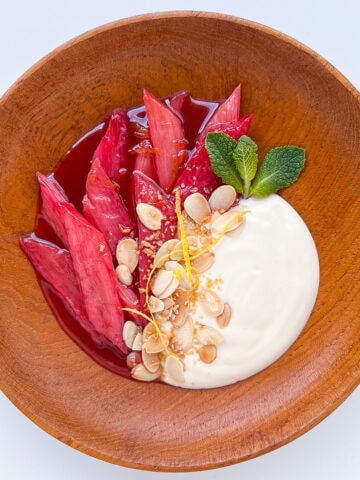
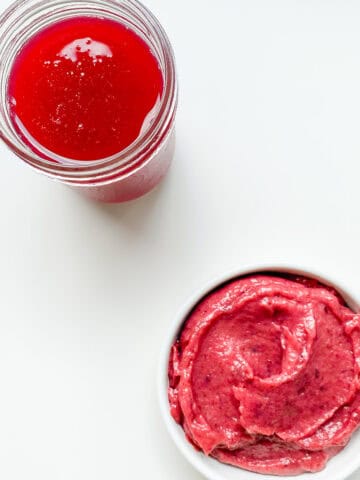

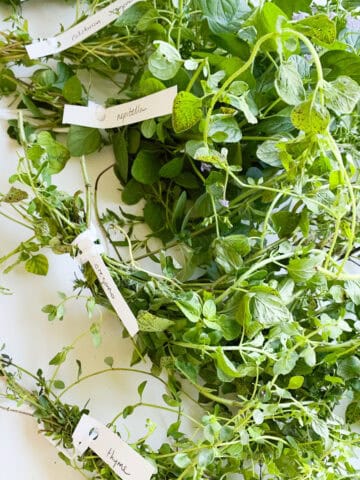
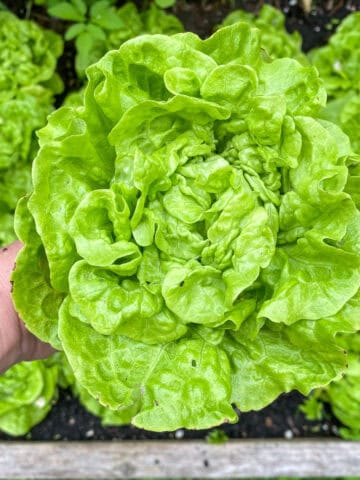


Leave a Reply